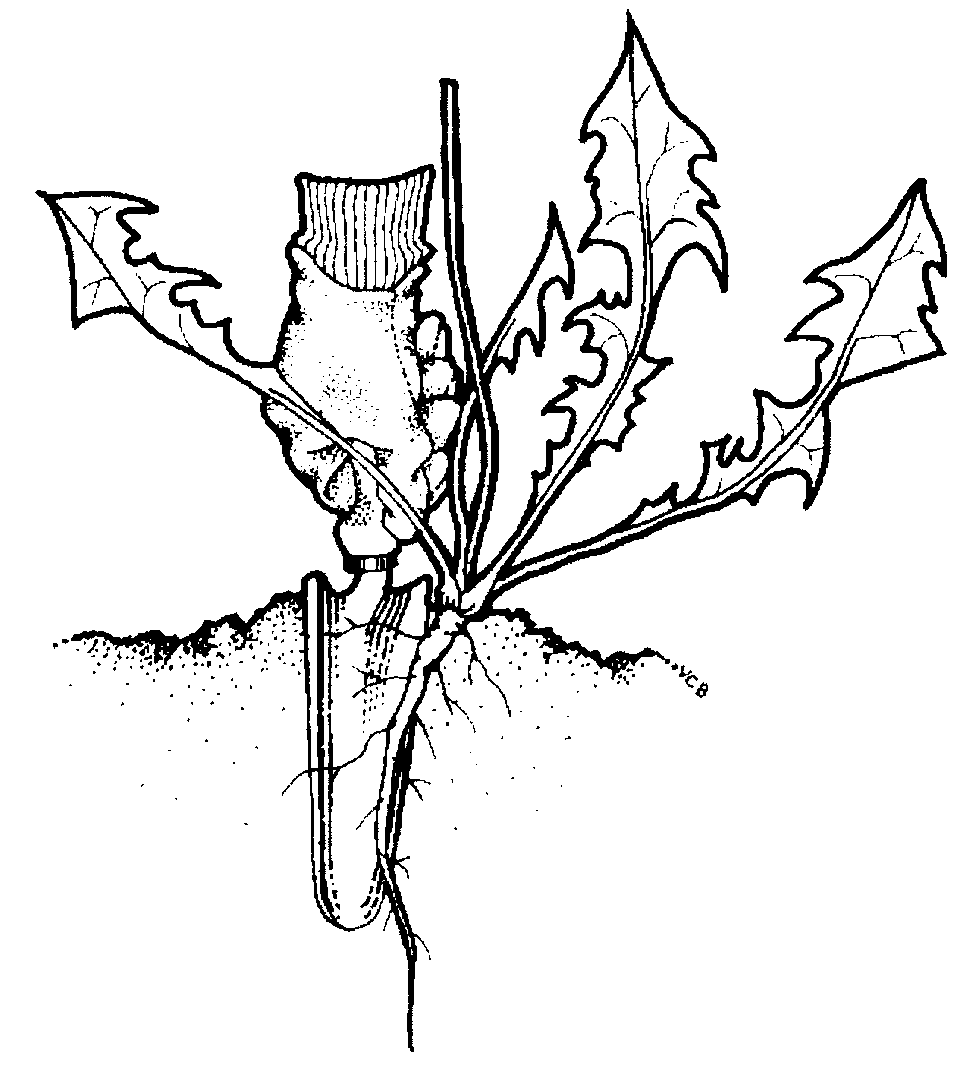(Also known as Senna)
Senna pendula var. glabrata
Family: Fabaceae
Type of weed: Woody weed
Flower colour(s): Yellow
Priority Weed Local Priority Weed. (See more weeds of the Local Priority Weed class.)
Flowering Months: March, April, May
Description
A multi-stemmed shrub that grows up to about 5 m tall.
Leaves grow in alternate formation, and are pinnate with 3–6 pairs of leaflets.
Bright yellow flowers, 30 mm across with 5 petals, in leafy clusters at the tips of the branches, appear in autumn.
Hard, black, irregular seeds are found in slender pods that are green, maturing to brown. There are around 5–40 seeds per pod.
Don’t confuse with…
Can be confused with native Breynia (Breynia oblongifolia); however the native plant has alternate leaves. Some Phyllota species also look similar.
Dispersal
The seed pods are eaten by birds and other animals.
Impact on bushland
Cassia smothers and replaces native vegetation and establishes monocultures in a wide range of native plant communities and disturbed areas including riparian corridors.
Distribution
Lower Blue Mountains. Mostly in mid and lower Mountains.
Alternative planting
Native plants
Local species of:
- Phyllota spp.
- Gompholobium spp.
- Lambertia formosa
- Hakea teretifolia
- Banksia spinulosa
Council provides a tool, on its Mountain Landscapes website, to help you choose native alternative plantings. Choose your village, soil, vegetation community and the purpose of your planting, and the tool will give you suggestions.
There are native nurseries in several Blue Mountains villages, including Glenbrook, Lawson and Katoomba. Please also ask at your favourite local nursery.
Control
- Dig out tap root
- Remove flowers, fruit, pods or seeds
- Spray
- Stem inject or frill
- Cut and paint
Manual control
Hand removal of plants with a tap root

Push a narrow trowel or knife into the ground next to the tap root. Carefully loosen soil. Repeat this step around the tap root. Grasp stem at ground level, rock plant backwards and forwards and pull gently. Tap roots carefully to dislodge soil. Replace disturbed soil and pat down lightly.
Remove seeds, pods or fruit
Gently remove any seeds, pods or fruit and carefully place in a bag.
Chemical control
Note: Herbicides that may be used for this weed include Glyphosate, Metsulfuron methyl.
Spraying
Please consult the Herbicide page of this website to help you decide whether to spray, how to do it safely and more.
Stem injection or frilling
Stem injection

At the base of the tree, drill holes at a 45° angle into the sapwood (just under the outer bark) at two finger space intervals around the entire base of the tree. Repeat this process below the lowest branch
Frilling
As an alternative to drilling, make cuts into the sapwood with a chisel or axe. Fill each cut/hole with herbicide immediately. Repeat the process at 3 cm intervals around the tree.
Considerations
Plants should be healthy and actively growing. Deciduous plants should be treated in spring and autumn when leaves are fully formed. For multi-stemmed plants, inject or chip below the lowest branch or treat each stem individually. Herbicide must be injected immediately before the plant cells close (within 30 seconds before translocation of herbicide ceases.)
Cut and paint

Useful for small to medium sized woody weeds up to 10 cm in diameter.
Make a horizontal cut as close to the ground as possible with secateurs or loppers, and immediately apply concentrated Glyphosate to the exposed stump surface. Do not allow the surface to get covered with soil.
Specific control tips for this weed
- Seedlings can be hand pulled if all the roots can be removed. Use a trowel or knife to loosen the soil first.
- Larger plants will need to be treated by the cut and paint method using herbicide.
Because the berries are spread by birds, treat plants before they fruit. Bag the large seed pods and if possible dispose of in a hot compost to kill the seeds. Other cut parts of the plant can be spread out to dry off the ground. Once dead, the material will decompose in place, or can be composted.
For key points on these techniques:
Local Priority Weed
Control measures:
- The plant should be fully and continuously suppressed and destroyed.
- Plants under 4 metres in height should be fully and continuously suppressed and destroyed.
- The spread of this plant should be adequately contained to prevent spread impacting on priority assets. Weed notices will only be issued for these weeds under special circumstances.



